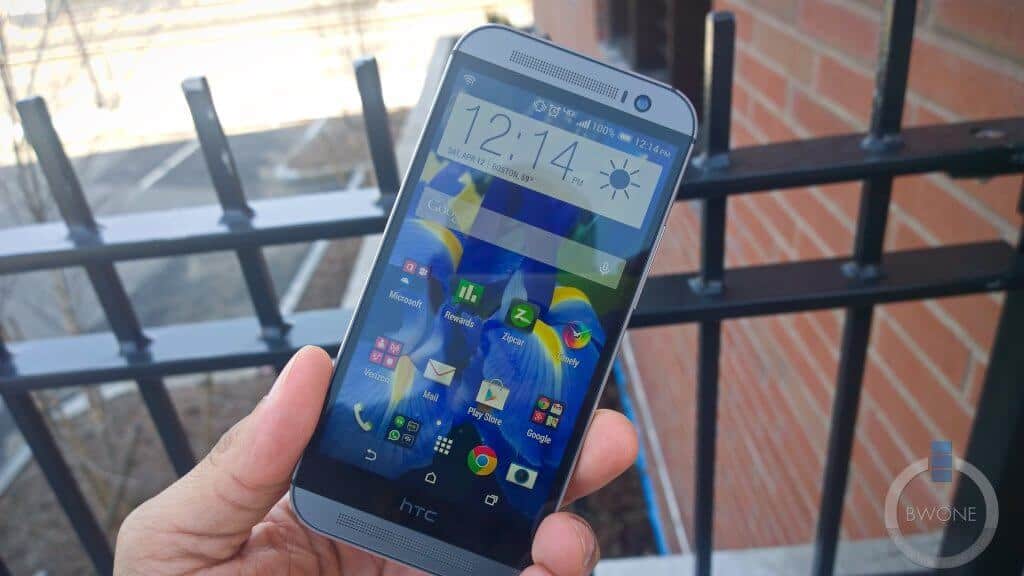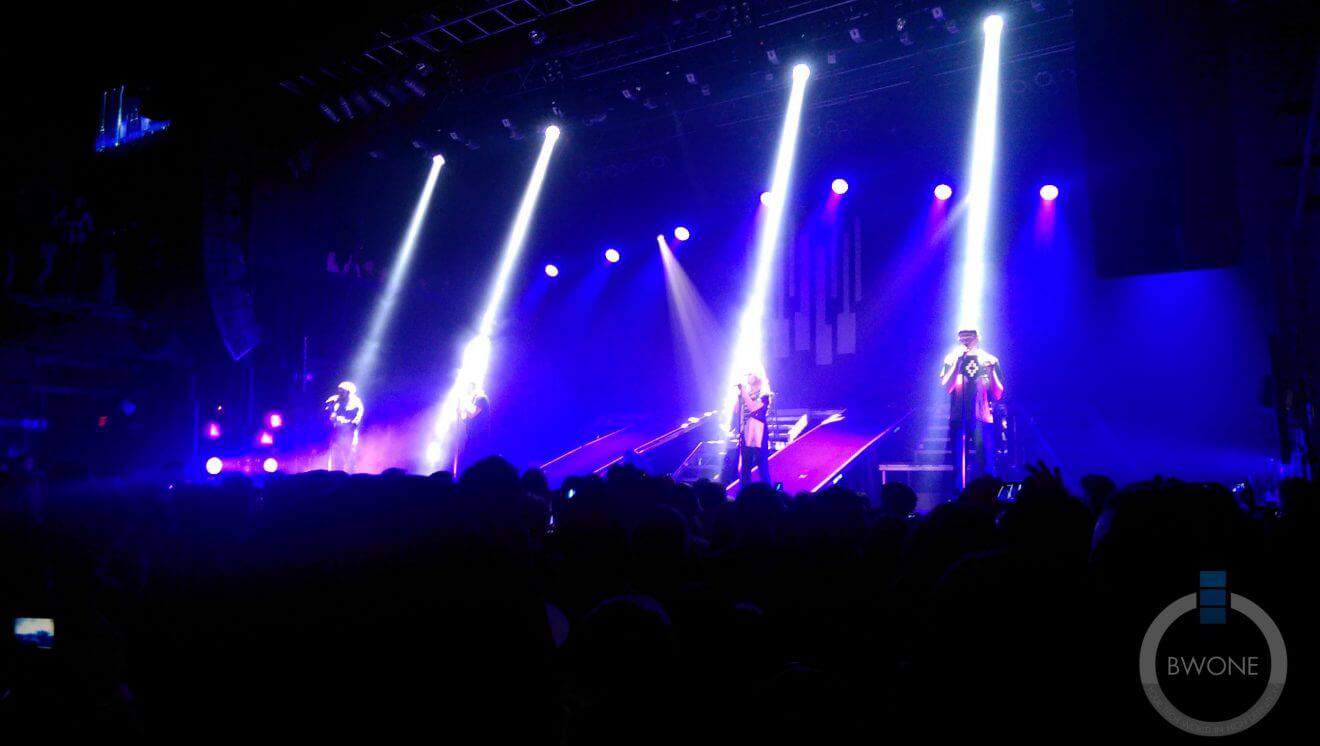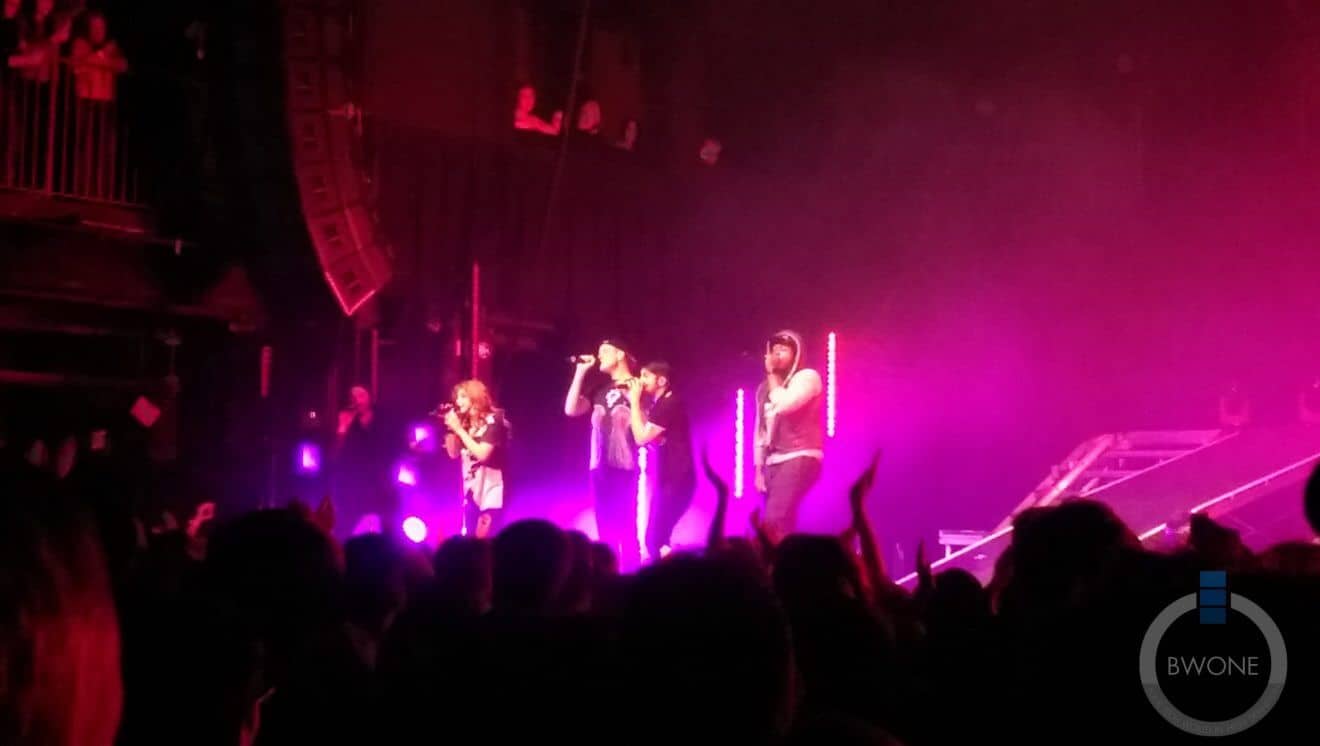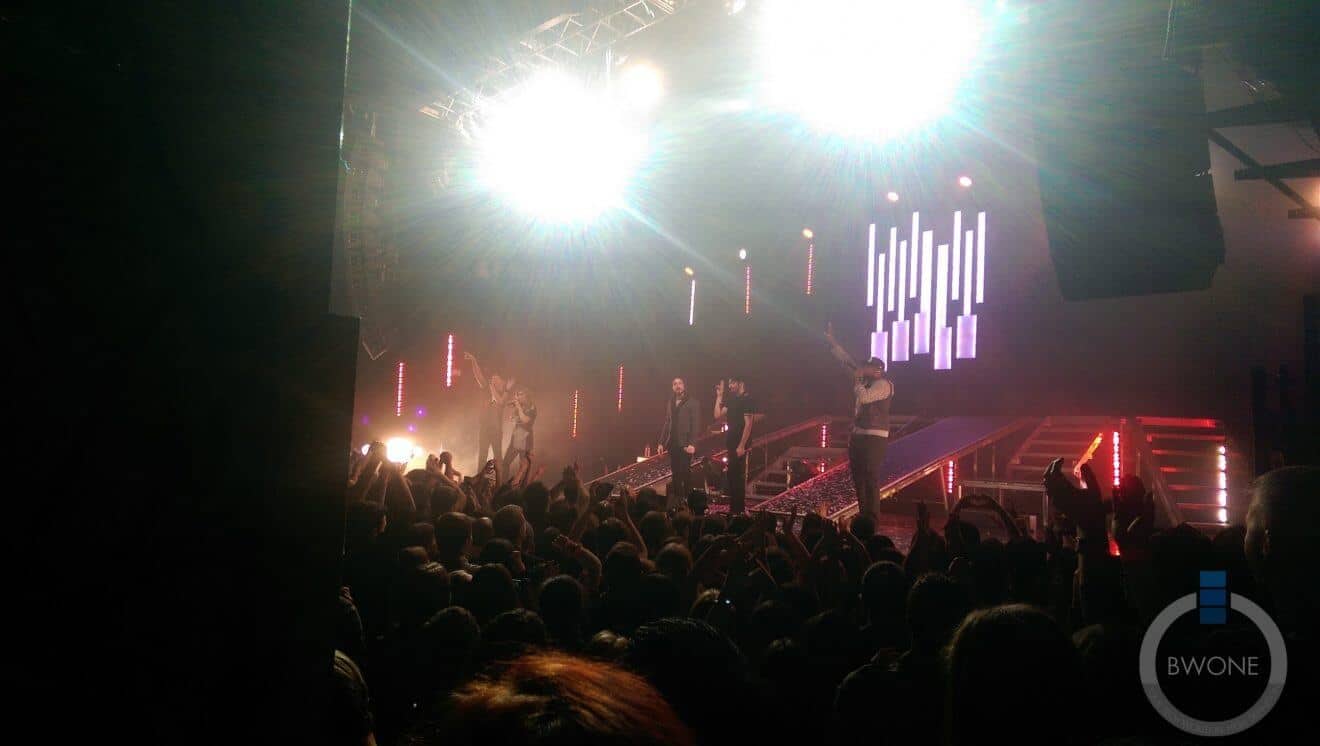
About two weeks ago HTC announced its newest flagship smartphone the One M8. I have used the One M8 for the last week and a half as my primary phone and am happy to say it’s lived up to the hype.
The One M8 design wise is gorgeous, the brushed metal uni-body feels good in the hand and allows for easy one-handed use. The One M8 had a good weight to it for the size, however I did find the curved back to be a little slippery at first but got used to it after a day or two. I typically don’t like having a case on my phone, but for the One M8, I’d likely make an exception to make it easier to grip.
One qualm I did have with the construction of the One M8 is that to reach the microSD card slot you had to have the pin accessory provided by HTC or a paperclip to insert and remove external storage. This may not be a big deal for most people who will just insert an sd card and leave it in their phone, yet it can be annoying for anyone who uses multiple cards and likes to swap them.
The One M8 Duo Camera: A unique camera system that improves photos
The main draw for me of the One M8 would have to be the amazing photography that comes from its unique dual camera system. I enjoy taking photos out and about with friends and family and the quality of the photos from HTC’s UltraPixel camera exceeded my expectations. The fact that the second camera adds depth information to allow you to focus on foreground or background subjects when editing is really cool and typically only possible with high-end digital SLR cameras. The pictures and video I took at a concert recently came out better than I’d of expected. Normally when I record video at most shows the sound gets distorted from the bass or gets pixelated from the darkness, I did not find this to be an issue with the One M8’s camera. I also really like the easy UI for changing video modes and editing, lots of cool features that make editing easy and fun. (Video Sample Here)
Moving on from the hardware aspects of the One M8, I was happy with the software upgrades made for this years phone. In the past I was disillusioned by HTC’s Sense UI. It was obtrusive and offered no true value for the user. Sense 6, the newest version of Sense UI for the One M8 is a vast departure from what Sense was. It is much more slimmed down and makes it feel like you’re getting closer to stock KitKat Android UI. They even include a few unique features that set it apart from the pack.
One feature I found most useful was Blinkfeed, which acts as an RSS aggregate for your interests, it provides easy access to the news and stories you care about. Rather than have separate apps for all the sites you follow, you can just add interests from pre-populated categories or even add your own custom ones. It was sometimes a bit annoying when swiping through my pages to have Blinkfeed come up unexpectedly but eventually I got used to remembering not to swipe past the home screen.
Another great functionality that I found very useful was the IR blaster that allowed me to use the One M8 as a remote control for my TV and home theater system. Rather than have multiple remote controls lying around or having to dig into the couch to find them, it was a pleasure to just pull my phone out and have that convenient access. While I didn’t delve too deep into it the Sense TV app, it did look like it would be great for sports fans as you can set up teams to follow for real-time score updates and letting you know what channel its on. Same goes for the ability to get TV show recommendations and be able to chat real-time with fellow fans while watching TV via their official Twitter feeds. I could see this being a great solution for avid TV watchers and anyone who hates searching for the remote just to change the channel.
Battery life also great with it lasting me a whole day without needing to plug it into a charger. In some cases I was able to get close to two workdays before finally needing to charge up the device. HTC has done a great job with the One M8’s battery life. There is one feature that isn’t available yet on the One M8 in the US and that’s the extreme power saving mode, but that will come in a later software update.
It has been a while since I’ve used an Android device as my primary phone and I’m glad I waited for the new HTC One M8. Overall I couldn’t be happier with the improvements HTC has made to the hardware and software of this phone. While I have yet to spend extensive time with Samsung’s Galaxy S5, to date this is my favorite Android phone on the market.



































Comments